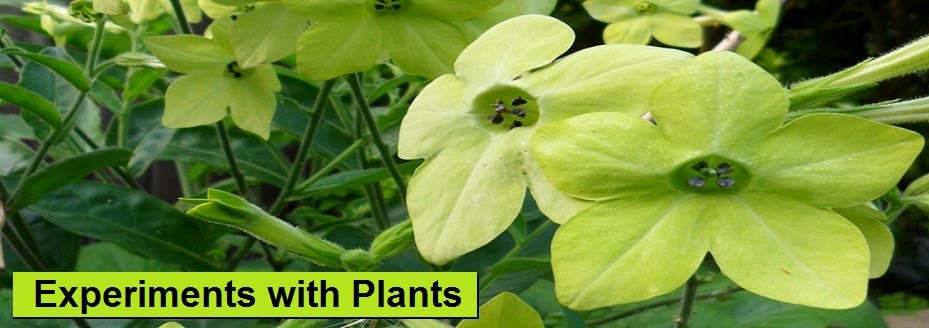Starting from the beginning of March ...
The crocuses were more sparsely distributed than my planting the year before last. Maybe I mowed the lawn too soon after they flowered last year; maybe the snow and icy temperatures deterred some. The brave ones remaining bloomed unspontaneously and wilted quickly; the fantasy of a carpet of crocuses wasn't realised. I'm left debating if I should join in with the chorus of lawn mowers straining as they attempt the first cut of the year or allow the crocus leaves more time to store energy in the bulbs.
 |
| Crocuses .... the fantasy the reality the memory |
Actually, I'm not too upset that my drift of crocuses wasn't a patch on the ones in the local park. Planting and anticipating them was like arranging my own surprise party, not half as magical as walking in on them on my way into town.
I don't like daffodils, honestly, but they don't look so bad in pairs ...
A few buds emerged as early as the new year celebrations and opened in early February just before it snowed but they're almost over now, hardly overlapping with the tulips as they did last year. Originally, I spaced the bulbs that I had bought equally around the garden (a common mistake made by beginners according to blogs I've read), which resulted in quite an odd-looking display. I meant to rectify the situation by uprooting and replanting them in groups, but didn't get round to it and I hadn't labelled them anyway. Not to worry, because this year each daffodil has a sibling. Even the tall gawky ones don't look so ugly now that they have look-alikes.
 |
| Daffodils in their second year of flowering |
Last weekend, one of my visitors, a non-gardener, exclaimed : "That's the best rose bush I've ever seen!". This was quite a compliment, because I usually have to hold up the net curtain and stare out into the garden before she gets the hint that it's time to make a comment about my pride and joy. I have to admit though that all the camellia bushes that I've seen in my neighbourhood look like this. Apart from pruning it into the shape of a lollipop, I haven't applied any treatments or even watered it.
 |
| Camelia |
The first wild flowers have made their appearance ....
Lamium in my nominally plantless front car-parking space, a daisy in the lawn, a dandelion in the woodland, and violets between the paving stones. I score many hits from people seeking solutions for deweeding their patios after they spot some of my photos which look like "before" shots of an advertisement.
 |
| Lamium, Daisy, Dandelion, Violets |
Until this spring, I never went into the garden early in the morning to observe that tulips close at night time. Their petals look so delicate that it doesn't seem possible that they have a hinge mechanism incorporated. The top row were photographed on Saturday afternoon and the bottom row on Sunday morning.

 |
| Greenflies seem to like white tulips. |
The first siting of bluebell buds in the woodland is an indicator that the next phase of spring is about to begin - the joys of cherry blossoms, bleeding hearts and foxgloves are yet to come. Giving birth the second time is reported to be a smoother experience, that's the most fitting way to describe how I'm feeling now.
 |
| hyacinth hyacinth pretending to be a bluebell first bluebell sighting |
I'll be linking this post to Helen's End of Month meme at The Patient Gardener
There are more plants In My Pots, but I'm saving those for Katarina's meme at Roses & Stuff.
Finally I would like to thank Jenny @ spokes&petals for nominating me for a Versatile Blogger Award. She's a writer, gardener & cyclist (in that order, I think). Her blog feed isn't being picked up by Blotanical so please click on the link and pay her a visit - hope you like the post that I selected.
©Copyright 2012 b-a-g. All rights reserved. Content created by b-a-g for http://experiments-with-plants.blogspot.com/2012/03/back-in-my-garden-29-mar-2012.html














